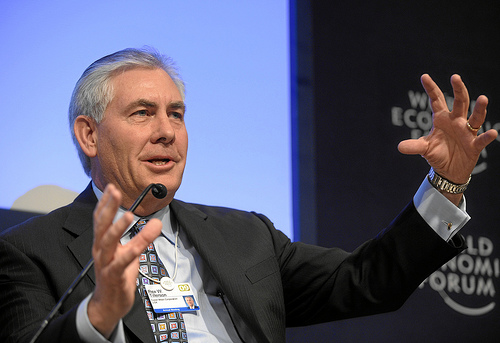
This photo’s sepia-toned because coal plants are history. Get it? Har.
Despite what the coal industry would have you believe, the days of affordable coal-fired power are over. That’s the conclusion of the Sierra Club’s recent “Locked In,” a report that analyzes the wide array of financial risks coal plant investments face.
We looked into these risks because while the environmental and human health impacts of coal plant investments are increasingly well-known, the financial impacts are not. What we found was eye-opening: Some of the world’s largest coal plants are on the verge of bankruptcy, but an emerging Organization of Coal Exporting Countries (OCEC) is on the rise. As the title of our report suggests, avoiding locking ourselves into this risky environment is tremendously important because, social and environmental damages aside, new coal plants are just lousy investments.
Here are the biggest risks coal plant financiers face:
Plant construction costs are rising and increasingly unpredictable: Over the past decade, in the U.S. and abroad, plant costs have increased by up to 100 percent. Add to that lengthy design and construction periods (five to seven years) and you get cost projections that are both wildly out of date and significantly understate the cost of new plants.
Coal prices are volatile, increasing, and exposed to an emerging OCEC: Just like oil prices, coal prices have trended sharply upward around the world. Worse, just like the oil market, the international coal market is highly concentrated. The top two producers alone — Australia and Indonesia — are responsible for roughly 50 percent of all internationally traded steam coal. That leaves new coal plants at the whim of this emerging Organization of Coal Exporting Countries that is increasingly — directly or indirectly — acting to maintain high prices.
Competing clean, renewable energy sources are coming down in price, further increasing market uncertainty: Most reliable estimates put the cost of new wind power between $0.05 and $.10 per kilowatt-hour — at or below the cost of new coal-fired power in the United States. The same is true for solar photovoltaic in the sunniest parts of the U.S., where it now competes for peaking power applications with the cheapest fossil fuel — natural gas. While high in capital expenditure, clean energy sources like wind and solar are not exposed to fuel price volatility. In essence, investors lock themselves into the ever-increasing costs of coal while competitors increasingly offer attractive returns that are both environmentally and economically preferable.
“Too big to fail” coal projects like India’s Tata Mundra can and should be avoided: Despite significant coal price increases, many new projects routinely underestimate price volatility, the cost of construction, and the risk of cost overruns. Way too often the optimistic scenarios predicted by coal proponents fail to materialize, leaving financial wreckage in their wake.
For example, even before construction of the four-gigawatt Tata Mundra project in India is complete, coal prices are three times those cited in its bid. The problem is that Tata Mundra is bound by a contract that fixes prices for decades to come, forcing the government and investors to face billions in losses if they do not pass on significant price increases to average Indian consumers.
Ultimately, it’s quite clear to us that international coal markets are far riskier than most think. These risks are wide-ranging — from soaring fuel prices to coal cartels — and they are not easily mitigated. Luckily a grassroots rebellion in the U.S. and a growing clean energy revolution in the E.U. have helped us avoid new coal plant lock-ins.
But as the Euro Zone crisis rages and contributes to a slowing Chinese and Indian economy, a significant lock-in threat looms as investors seek to finance a new era of coal. But can these economies really afford to lock themselves into billions of dollars in financially risky new coal plant investments? The only rational answer to come to is a resounding “NO.”



